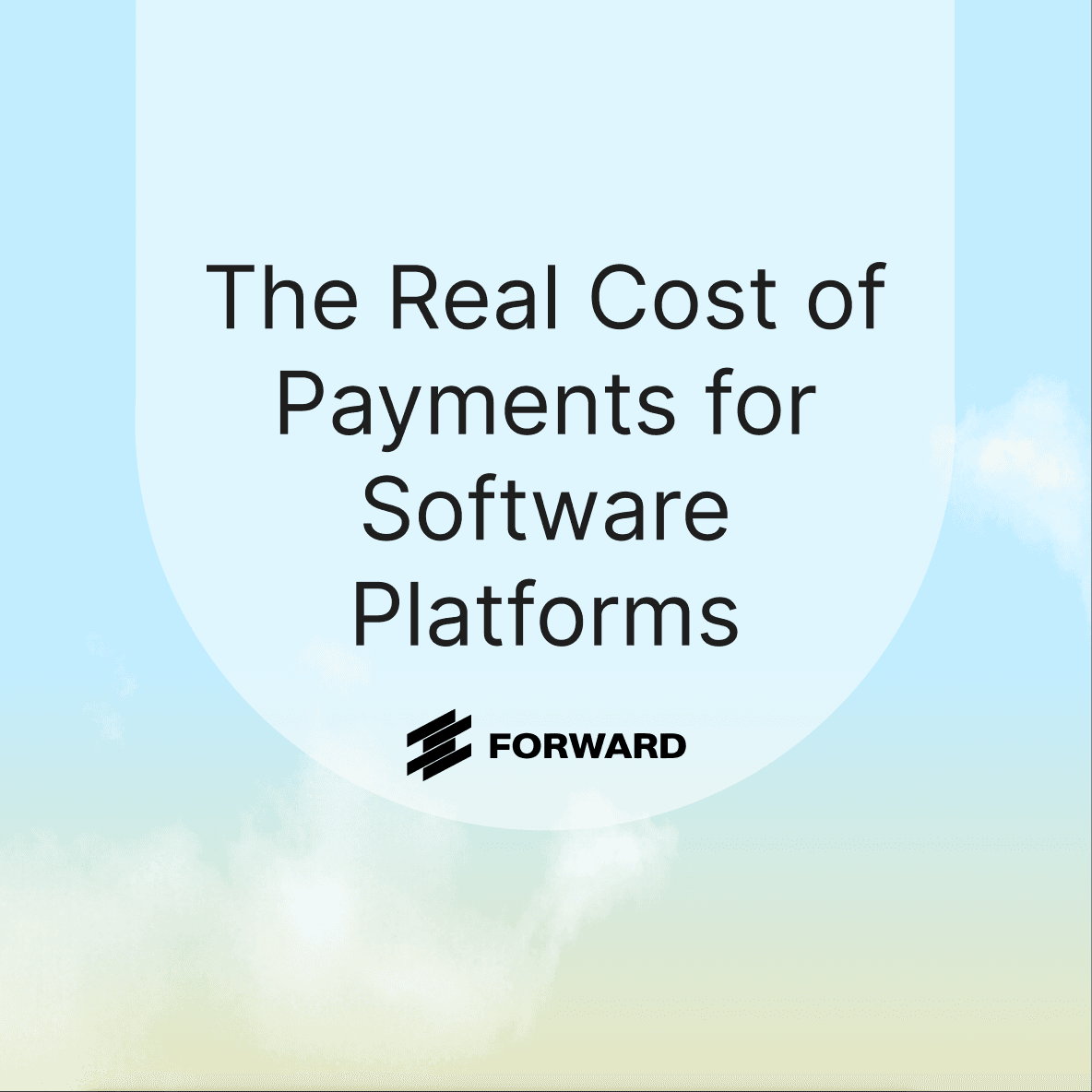As a software platform monetizing payments, you are often measured on your take-rate, defined mathematically as the percentage of total volume that is retained as revenue for your software company.
Your take rate, the percentage of total payment volume your platform keeps as revenue, is often seen as the key to payments profitability. The math seems simple enough:
If your platform charges 3% and the interchange fee (the cost from card networks) is 2%, that leaves 1% in gross margin. From there, you pay your payment service provider (PSP) or PayFac to manage compliance, risk, and settlement. Typically around 20 basis points (0.20%).
So naturally, the logic follows: reduce your PSP cost, and your take rate goes up.
But that thinking misses the biggest driver of payment margin in Vertical SaaS: interchange optimization. Logical, but counterintuitively the wrong move. As a multi-time software founder myself, I fell prey to this logic multiple times – without the result I was expecting.

Why Lower PSP Costs Don’t Always Mean Higher Margins
Many software leaders focus on shaving down provider fees without realizing where the real costs live. Interchange, the fee set by card networks and paid to the issuing bank, represents over two-thirds of total payment costs.
The surprising part? It’s the least optimized.
Downgraded transactions, missing data fields, or incorrect merchant category codes (MCCs) can quietly double your interchange cost overnight. A transaction that should qualify for a 1.85% rate might clear at 3.25% simply because of how it was presented to the network.
Large processors and aggregators don’t have the time or the incentive to manually optimize your interchange. They’re built for scale, not for software-specific servicing.
Interchange Optimization: The Overlooked Growth Lever
For Vertical SaaS platforms, optimizing interchange can unlock meaningful take-rate expansion. Often far more than reducing PayFac or PSP costs ever could.
It’s detailed, technical work: auditing downgrade codes, adjusting data presentation, and aligning transaction logic to the right interchange categories. But when done right, the results compound every month.
That’s why leading platforms are moving to Forward.
Forward combines modern infrastructure with decades of experience running the payments playbook to optimize interchange, streamline economics, and grow payments revenue sustainably.
The Bottom Line
Lower provider fees don’t automatically increase your take rate, but smarter program design and interchange optimization can.
Don’t fall into the trap I did as a software CEO.
I negotiated a lower PFAC/PSP cost, only to watch my take rate shrink because interchange ate up more than the savings.
If you want to improve take rate and drive real financial results, start with smarter program design and better interchange optimization.
That’s where a partner like Forward comes in. Purpose-built for platforms, and focused on outcomes that move the needle.





